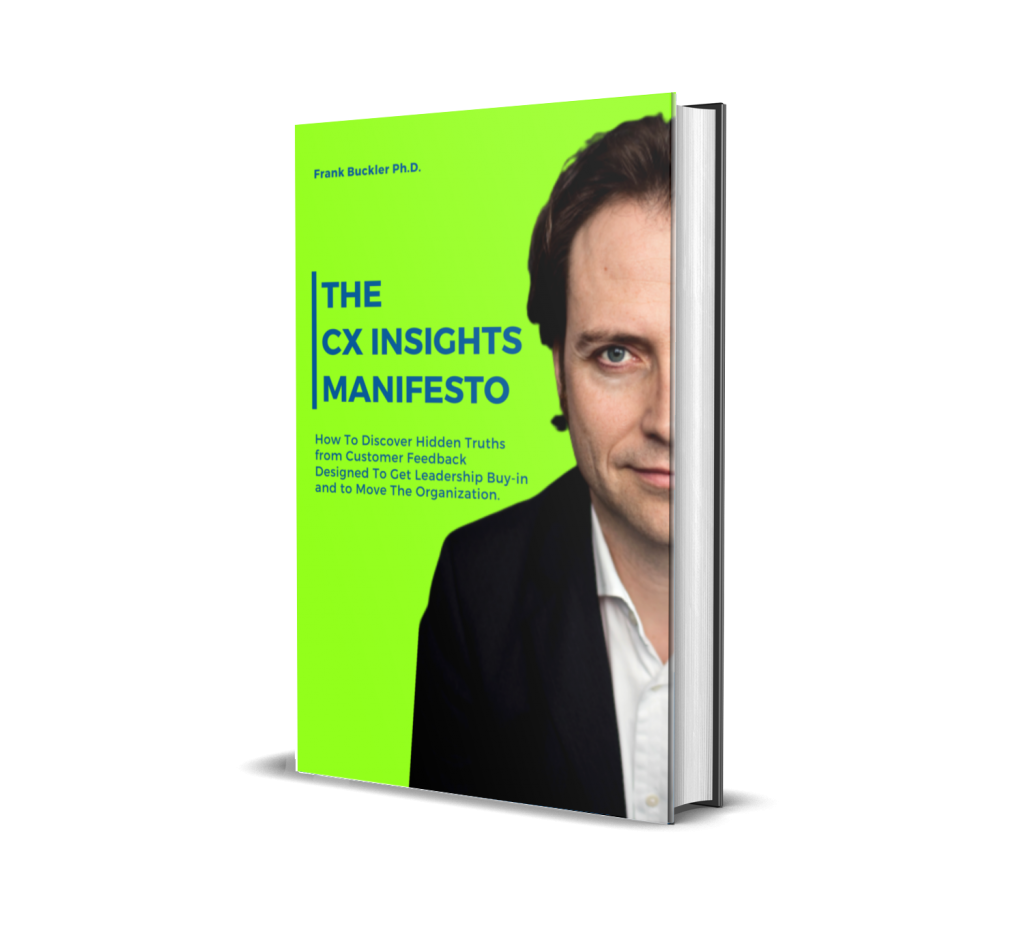Principle#1 – Build Common Ground
- Speak to your “opponents” personal interests
- Argue on the “opponents” personal values
Principle#2 – Create Positive Emotions
- Be positive and optimistic rather than negative and cynic
- Weave your information in a story
- Make sure this story creates an emotional aha moment
Principle#3 – Build Trust
- Do not intent to convince, intent to inspire
- Start always acknowledging the opponent’s view
- Guard your reputation as your biggest asset. In doubt, let someone with a clean sheet help you.
Wait, wait, wait! Isn’t a “convincing formula” very manipulative?
“Manipulation” is a mindset and the “formula” recommends to shy away from it because it does not work. Instead, please accept that every human has a right to his own opinion. Ironically this mindset is mandatory to have an impact on someone’s opinion. I don’t think there is something wrong with inspiring other people. Actually, it is very kind to help others to see the truth.
In this article, I do not suggest NLP-type persuasion techniques to trick the opponent’s unconscious self. Instead, it is all about giving information that is relevant to the person. It is all about making clear that you are not an opponent but in the same boat. It is all about being helpful by sharing information in a way it can be understood.
What’s wrong with that?
Isn’t it better to stay who you are – as authentic as possible – you, giving your point of view?
There is nothing more authentic and raw than going naked with unwashed hair to a wedding. But this is rude and disrespectful.
The same is to simply say what you think. It does not acknowledge that the other person may also possess a piece of the truth. It implicitly conveys the message “you are stupid and/or asocial”.
Most of all, it is not only a waste of time and energy. It will create negative energy that will backfire.
The same punishment you will have when showing up naked at your friend’s wedding, you will receive by just being blunt and “honest”.
Being strategic when trying to inspire others is the most respectful, human, and productive thing you can do.
Convincing? Isn’t “Marketing Communication” another term for it? Old wine in new pipes?
I used to think so. But I could not be more wrong. While diving into the topic I realized that marketing is a fundamentally different discipline. Here is why.
Marketing is trying to move people who are mostly already convinced that they have a problem or there is a job to be done. If I have hunger, I am looking for a product and I feel like eating. Marketing is trying to persuade that a particular product does the job best.
“Convincing” is the task to change the whole attitude of a person. To convince is converting a hater into a lover. In marketing terms: “Convincing” is trying to sell tree huggers a 1000 PS Lamborghini.
Marketing avoids these challenges for a good reason. It’s just too costly.
But when politics invest in for instance “vaccination campaigns”, they hire marketing experts that have no clue about convincing. The result is a growing -instead of a reduced- amount of anti-vaxxer. It is a total waste of tax money.
What do you think? Did I miss something?
Let me know!
Frank
[Frank@cx-ai.com]













